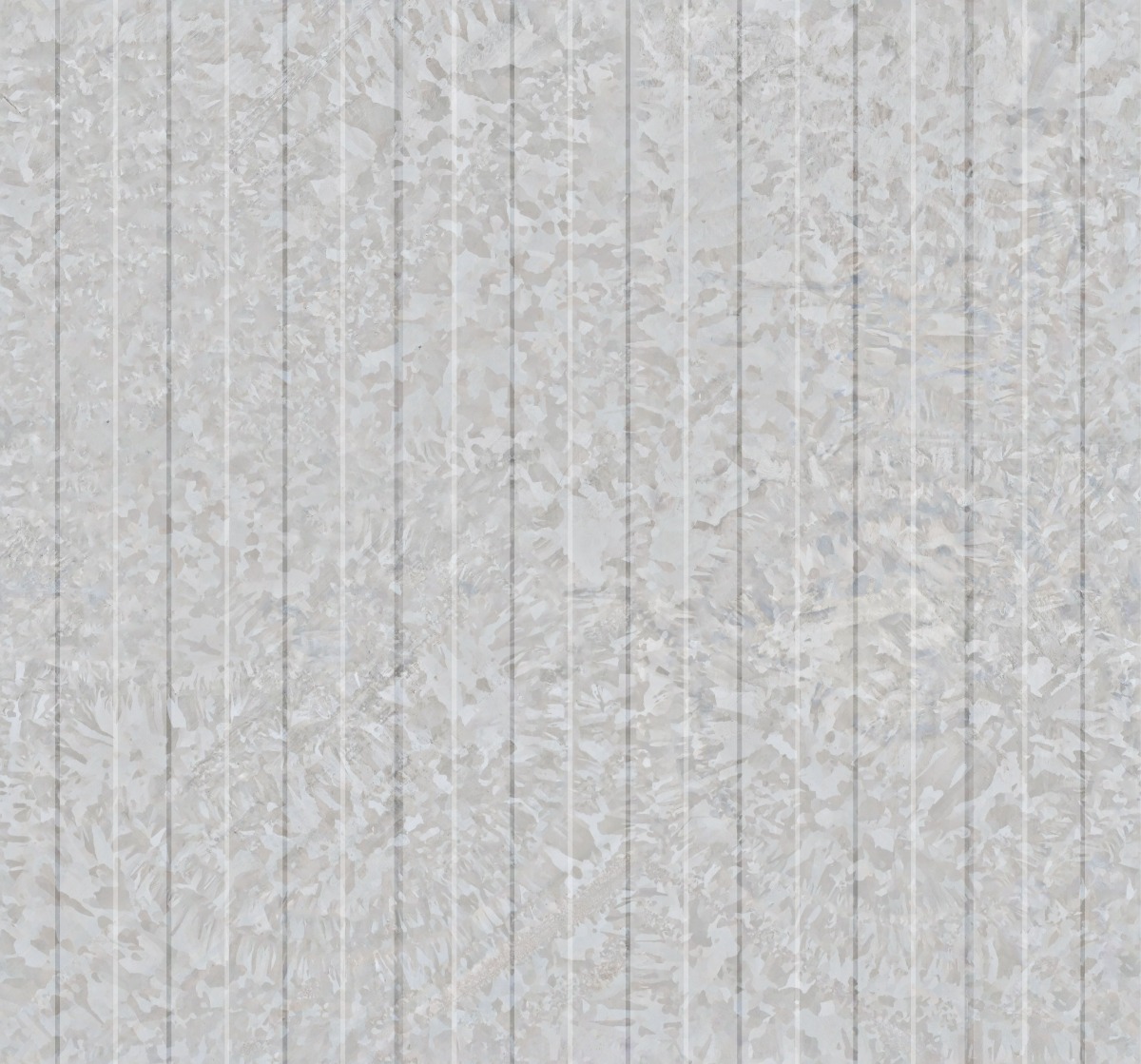Galvanised Steel Box Cladding
Category
Metal
Download
Edit
Steel is an iron-carbon alloy with excellent fracture resistance and tensile strength. Due to the ease of manufacture, wide availability of basic raw materials and low manufacturing cost, steel is the most commonly used material in the modern era for the construction of buildings, road, rail and other civic infrastructure projects such as electricity pylons or lampposts; trains, boats, machinery, domestic and commercial tools, electronics and in the armament and defence industries for armour, military vehicles and weapons. Galvanising steel is a process which adds a coating to protect the steel from corrosion and rusting. Galvanisation normally involve applying the coating through hot-dipping, where layers of melted zinc-iron alloy are poured over the steel. Steel has a higher melting temperature, meaning the thick layer of zinc coating can be melted and applied, hence the ‘hot dip’ title. Electrogalvanising is used where a thinner protective coat is required to either save weight, or allow for the surface to be painted while protecting the metal beneath from corrosion and exposure to sulphur and sodium present in the atmosphere.
Building and construction elements which are manufactured for use in coastal environments, where they are expected to be exposed to high levels of sodium, or cold, icy climates near roads which are regularly gritted, are normally specified with a galvanised finish to protect from corrosion and subsequent exposure of the steel beneath to oxygen in air or water, preventing the surface from rusting when the chemicals in the alloy react negatively due to a loss of electrons in a process known as oxidisation. Nails, handles, functional outdoor furniture and handrails, railings and other construction and building elements including structures, canopies, balconies, stairs, ladders and gantries which are expected to be exposed to salty or otherwise corrosive environments, such as air containing high levels of sulphur dioxide, are commonly specified galvanised. Appearing as a camouflage pattern with random, lighter, more reflective and darker, matte patches, contributing to an overall silver-grey colour, galvanised finished form a varied and dynamic look for building elements, industrial or urban furniture such as lampposts and guard rails, or industrial looking aesthetics on laboratories, factories, research facilities and production sites. The etching, scratches and blotches can evoke a solid, rough, functional, industrial feel sought after in office, civic and commercial buildings alike.
A seamless metal texture with a galvanised steel surface. Seamless textures can be tiled repeatedly across a surface without visible seams making them useful for architectural drawings and 3D models. This image can be used as a SketchUp texture, Revit material or imported into Photoshop for use in 2D illustrations. A high resolution version of this texture is available, as well as CAD hatches and PBR maps with Architextures Pro.


